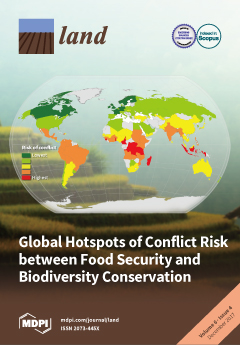A Conceptual Model for Land System Dynamics as a Coupled Human–Environment System
This paper presents a conceptual model of land as a coupled human–environment system. Land use and land cover are incorporated as elements of the human and environment system respectively. Drivers and associated processes that influence land use, land cover, and land system dynamics are incorporated within a set of sub-systems. The model includes consideration of driving sub-systems as a set of capital funds and flows, and how these are influenced by linkages between processes in the human (socio-economic) and environment systems and sub-systems.




